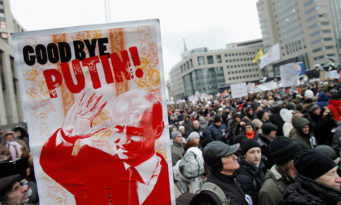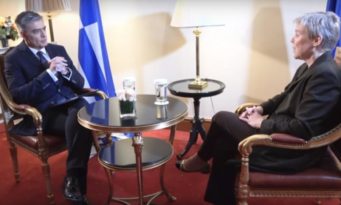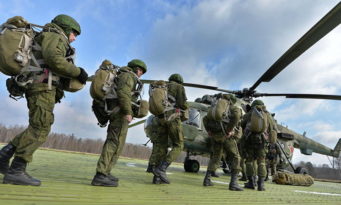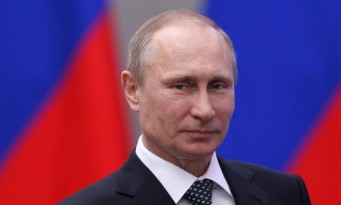Warsaw Summit: Why NATO Needs a Heavy Defensive Ground Force
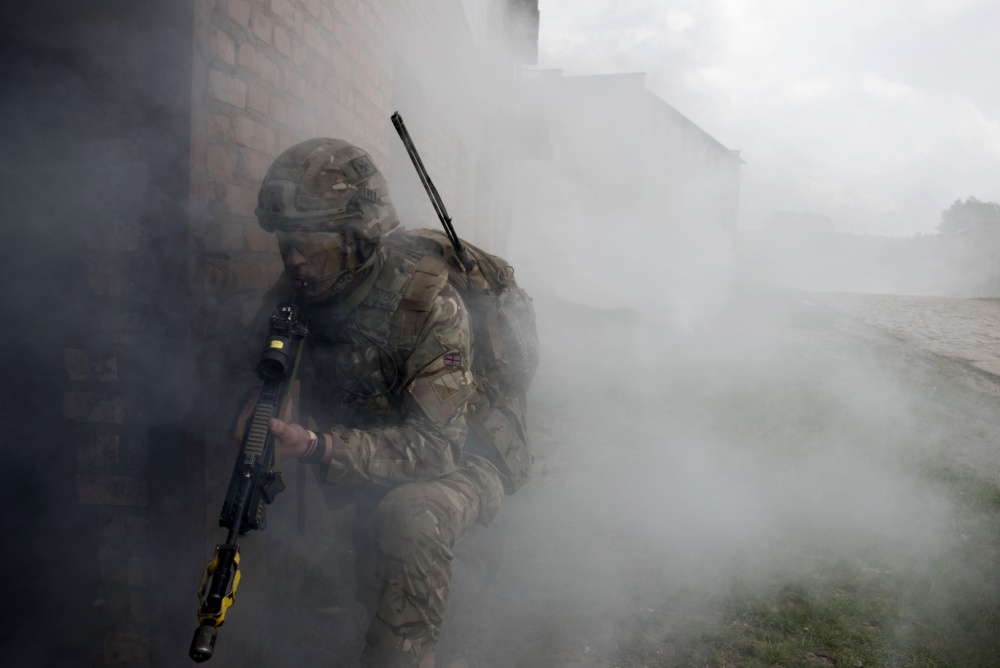
- By defencematters
A senior defence analyst at the RAND Corporation explains why the overall message that NATO needs to send coming out of Warsaw should be one that reinforces the gold standard of deterrence.
Octavian Manea
At the Warsaw Summit, the Alliance revised its forward deterrence posture. Over the past year the RAND Corporation conducted a series of simulations and war-games that exposed the major vulnerabilities that the Alliance has in the Baltic. Defence Matters discussed ways to mitigate them with David Ochmanek, a senior defence analyst at the RAND Corporation and a former Deputy Assistant Secretary of Defence for Force Development (from 2009 until 2014).
The overall message that NATO needs to send coming out of Warsaw should be one that reinforces the gold standard of deterrence that of “confronting your adversaries with the prospect of failure at the operational level if they choose aggression.”
The access-denial problem is becoming very sensitive in Europe - in Kaliningrad, but also in the Black Sea. How do you see the impact of developing these A2/AD bubbles for the traditional power projection posture?
The issue of A2/AD cuts across all dimensions of power projection. Every domain of military operations – air, space, maritime, cyber-space, land – is affected by the A2/AD capabilities. The extent to which one’s power projection capabilities are affected depends on the adversary, the type and number of systems that are deployed, the proficiency of adversary and friendly forces, geography, and other factors. If you look at our most capable adversaries the threat is such that it is not simply going to be enough for us to continue to modernise our forces. We are also going to have to revise our entire concept for power projection operations. The approach that we’ve taken and worked so well against Iraq, Serbia, Libya is not going to be highly successful in face of our most capable adversaries. So there is a conceptual dimension to this as well as a modernisation problem.
How do you see the NATO Wales summit in perspective? Was it enough for reassuring the most exposed allies especially in an increasingly A2/AD environment?
The Wales summit took some useful steps. But it is only the beginning. As we do assessments of potential future scenarios that will involve Russian forces we are identifying other measures that would be appropriate to give us a robust deterrent. Some of them are pretty straight-forward and involve adjusting our posture. Others are about getting new capabilities to offset some of these Russian A2/AD capabilities.
I like to remind people that between the US and Europe there is an ocean, and this has important implications for how we prepare. We have to have the heavy component of NATO’s defensive ground force in the theatre before a crisis occurs. Specifically, the Alliance should deploy heavy brigade-sets to the Eastern flank of the Alliance in order to be prepared for the kinds of challenges that Russia could pose. The other things are more in the realm of countering specific Russian capabilities. We need improved capabilities and concepts for suppressing their integrated air-defence. We are going to need systems that will give us battle space awareness even in contested environments where we don’t have complete confidence in being able to operate in space or in the air space over the enemy’s territory. In Europe we need larger stocks of advanced expendable weapons: air-to-air missiles, air-to-surface weapons, anti-armoUr weapons, artillery. It is a mix between some old and new systems. The challenges posed by Russian forces are not insurmountable, but sustained investments will be needed to meet them.
The Warsaw summit of the Alliance is very close. How could NATO instil credibility into the defence of the Baltic states and (re)secure its Eastern Flank?
Looking back, there were three things that happened when the Cold War ended. Firstly we became focused on out of area operations and we changed our forces to do expeditionary operations in irregular environments. Secondly, the defence spending by most NATO members was reduced, their forces were thinned out and cut back. Lastly, we didn’t fundamentally adjust the Alliance’s posture because the idea that Russia would use military force to forcibly change borders in Europe, didn’t seem to be valid anymore. We had the expectation that we could partner with Russia and that we would broadly share objectives. Putin’s actions in 2014 have changed all of that. We have to focus again on traditional territorial defence, even though out of area challenges are not going away. We need to invest more--the 2% goal is a reasonable target. And we need to revise our posture. This last point means moving more capability toward the Eastern Flank, particularly the Baltic States that actually touch Russia and where there is very little operational depth.
A credible defence of the Baltic states would imply a combination of posture and modernisation. Our analysis points to the importance of prepositioning heavy equipment for several armoured brigades in the Baltic states, having a rotational presence of a company or battalion for every one of those sets so that they are not vulnerable to preemption. The Alliance will also need to have the proper munitions stocks in theatre, ensure that transportation networks are adequate to resupply and reinforce, and raise the readiness levels of some multinational armoured units in the rear areas of NATO so that those forward units can be reinforced within a few days by a second armoured force.
So a necessary component should be the forward presence. There is no way to avoid that in the current environment.
I don’t think so. I don’t see any substitute for that and the forward presence has to have an armoured component. The forces of the Russian Federation are overwhelmingly armoured and motorised infantry. In a crisis we could get light forces there, whether it is from the NATO Response Force or the 173rd from Vicenza or 82nd Airborne from US. But those forces find it difficult to engage armoured forces on the move because they don’t have the tactical mobility or the survivability to be effective. So we need a heavy armoured component there.
Is NATO’s deterrence capital on the Eastern Flank weakened?
I am not comfortable with our posture now, living in a world where Russia has demonstrated the capability and will, to use military power to change borders. We enlarged the Alliance under a set of fairly optimistic assumptions about Russian objectives. Those are no longer valid so it is extremely important to adjust our posture and capabilities. We need to get right the underlying military balance between NATO and Russia. The gold standard of deterrence is confronting your adversaries with the prospect of failure at the operational level if they choose aggression. We should not be comfortable until we have a posture that can deny a quick, low-cost invasion of NATO territory.
Are we going to have a new capability gap at the horizon? Should the Alliance be able to neutralise an access-denial bubble? I don’t see many countries ready to invest in the equipment that can break and put the access-denial network of the other side in danger.
We face capabilities gaps now. NATO members collectively have a GDP many times greater than Russia’s. If we want a stable geopolitical order in Europe and we wish to avoid war, we should invest prudently in the capabilities needed to confront Russia with the prospect of defeat should it choose war.
The Pentagon and Bob Work have been talking for some time now about a third offset strategy. What is its purpose and what are the consequences for the Alliance?
Our response to this challenge is going to be in two dimensions: The firs one is about posture and the second is focused on modernisation. The offset strategy is about focused modernisation. The things that emerged from the RAND war-games made us realise that we need better capabilities to suppress the integrated air defences--the network of double digits SAMs and their command and control; we need effective area anti-armour munitions and they are going to need to be delivered in an environment where the control of the air is still contested; we need to gain battle space awareness in contested space-air environment. The third offset strategy should be focused on addressing a finite number of operational challenges relevant to operations in the anti-access/area denial environment. Capabilities emerging from this work will apply not just to the Russia, but also to China because there are a lot of commonalities between the two.
As in the Western Pacific our challenge is to modernise the force and come up with new conceptual approaches in order to conduct power projection. We need to do both in parallel. We should expand field experimentation, doctrine development, and combined training.
There is an emphasis on forward stationing around 4 battalions in the Baltic states and Poland, together with the necessary pre-positioned equipment. Having in mind the results of the most recent RAND war-games and simulations, is this move along with the ERI funding enough to provide a credible deterrence? Will the deterrence be robust enough? What gives robustness to deterrence?
The four battalions and other steps being taken under ERI and the Warsaw Summit are certainly steps in the right direction. There is no substitute for having heavy ground combat power deployed forward. But given the size and firepower of the forces that Russia is capable of positioning on NATO’s eastern borders, a forward force of about three heavy brigades, supported by light forces, artillery, and improved air force capabilities is called for. Reinforcements for this forward force will be needed as well.
Photo: A British soldier provides security during Military Operations in Urban Terrain Wedzrym, Poland June 14, 2016, as part of exercise Anakonda 2016.







